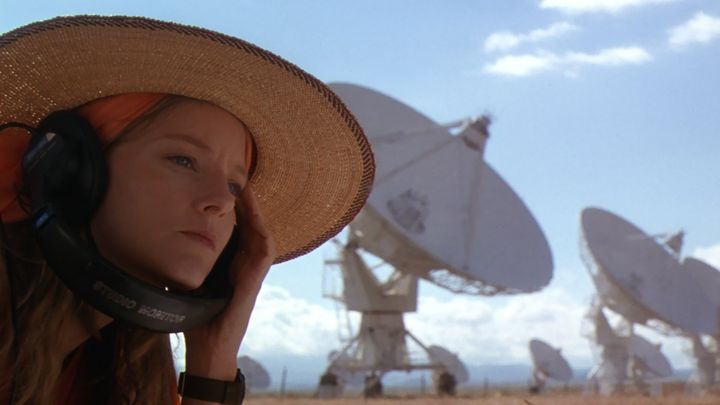
Science in movies. Some care about it, and some don't. That goes for fans as well as the writers, producers, directors, actors, F/X crew, set design, and everyone else involved in making a film.
The following three movies are accurate in terms of their science, not the historical predictions they make, like when humanity will reach Mars or be able to create space cities. None of them are perfect, of course, otherwise they wouldn't be sci-fi.
If you love seeing science in action, take a look at this list and check out any titles you might've missed. Spoilers!
The Martian (2015)
The production crew of The Martian took great pains to be scientifically accurate, as did the book's writer Andy Weir. Arthur Max, a set designer, visited the Jet Propulsion Laboratory to take apart spacesuits and look at real NASA blueprints. The cast and crew eventually ended up meeting with several astronauts, shadowing them and learning what they're like.
NASA itself has highlighted nine particular real technologies being used in The Martian. These include the habitat that astronaut Mark Watney lives in, the plant farm he uses to grow his potatoes, and the ion propulsion drive he uses to get there.
Even the spacesuit he wears – or the Mars-suit – is different than the usual one astronauts wear into space, and based on concepts being thought about today. His suit had to be more flexible and comfortable than the big bulky ones we're used to seeing. NASA is working on suits like these, which will be more durable than current models and able to interact with objects on a different planet, like picking up samples or using tools.
It's not perfectly accurate in quite a few ways, but The Martian is definitely one of the more scientifically literate movies to come out recently.
Interstellar (2014)
Interstellar is known for being very accurate when it comes to the visual effects. Created with the help of theoretical physicist Kip Thorne, Interstellar features a massive black hole, named Gargantua, to which a team of astronauts ends up traveling.
The film depicts Gargantua according to all the known laws of physics, a stunning black hole surrounded by a swirling accretion disc of material. A planet orbits Gargantua, and you would usually think that it would be ripped apart by the massive gravity. But Thorne discovered that, when it comes to very massive black holes, it would actually be possible for a planet to survive.
The cast and crew of Interstellar also did their best to show the relativistic passing of time, due to the massive gravitational effect of Gargantua. When the astronauts visited planets, their crewmates left on board would age much more quickly compared to them, a truly strange situation that is actually scientifically accurate.
Contact (1997)
Often praised as one of the most scientifically accurate movies of all time. Why? It was based on the sci-fi novel by Carl Sagan, the only one he ever wrote.
Contact is about the search for extraterrestrial intelligence, and what happens when they discover it in a message from space. They use radio waves, just like SETI does in real life, and the plot is based on real physics, or Sagan's thoughts on where real theories might be going.
The aliens in Contact communicate through math, just like scientists believe they probably would. We put mathematical relationships using geometry on the Pioneer Plaques, carrying our own messages out into the depths of space to be read by whomever might find them. And the final trip through a wormhole has been considered seriously by many researchers, even if it doesn't seem generally plausible right now.
There are many other movies that get high marks for scientific accuracy – 2001: A Space Oddysey (1968), Deep Impact (1998), and The Andromeda Strain (1971), to name just a few. No movie will satisfy the pickiest of science nerds, but there are quite a few great films out there that faithfully portray some aspect of our journey into outer space.
Do you want to get in on the sci-fi movie-making action? Now is your chance! Check out the CineSpace 2016 short film challenge, a $26,000 contest to create inspiring works of art using real NASA imagery. The submission deadline is July 31st, so don't waste any time!








